The National Army Museum in London opened in 2017. Situated in the Chelsea area, it tells the story of the British army over the past 400 years. It is felt that many people know little about what the army does, let alone the soldier’s real experience now or in the past. The National Army Museum in London seeks to bridge the gap between the army and British society.
“We are the story of the British army, not a museum of war,” says Museum Director Janice Murray. “We tell the story thematically rather than in a chronological narrative.” Both Janice and curator Sophie Stahi, have been here since before the six-year development plan.
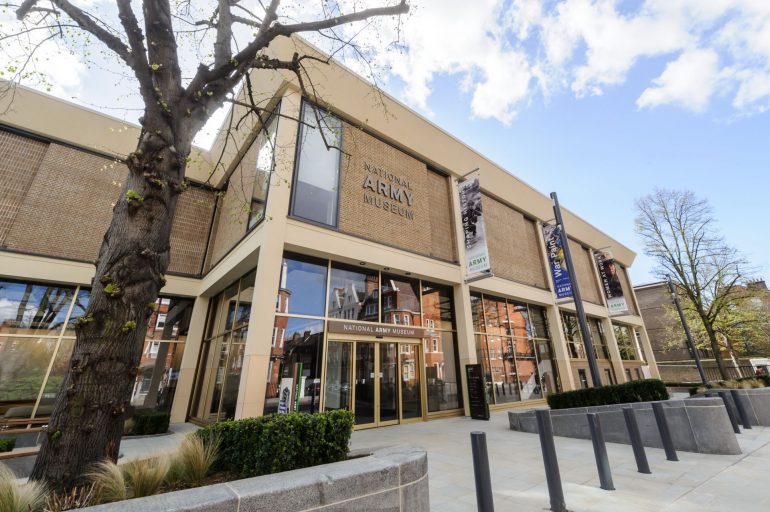 National Army Museum exterior. Photo Credit: © National Army Museum.
National Army Museum exterior. Photo Credit: © National Army Museum.
Opened by the Queen on March 30, 2017, after a £23.75 million makeover, the National Army Museum in London is home to around 2,500 objects divided into five galleries arranged by theme over four floors as well as space for temporary exhibitions, a study centre, café, shop, and play area. The museum is not just refurbished but is a new incarnation, the New National Army Museum.
Highlights of the collection include the Duke of Wellington’s cloak, the skeleton of Napoleon’s horse and Laurence of Arabia’s robes. Other items of interest are amputated frostbitten toes, a suite of mahogany furniture taken by Lord Raglan to the Crimea and a packet of condoms that author Andy McNabb used for carrying water during the Gulf War!
The Five Permanent Galleries of the National Army Museum in London includes:
The Soldier Gallery reflects individual experiences of soldiering.
The Army Gallery traces the origins and development of the British army as an institution.
The Battle Gallery tells the narrative of the army through individual conflicts. It is divided into four chronological sections: horse and musket, rapid-fire, total war and modern warfare.
The Society Gallery on the top floor provides some light relief and can be enjoyed as an art gallery, reflecting how the Army has influenced British culture.
The Insight Gallery explores the actions and the impact of the Army throughout the world from historical and contemporary perspectives.
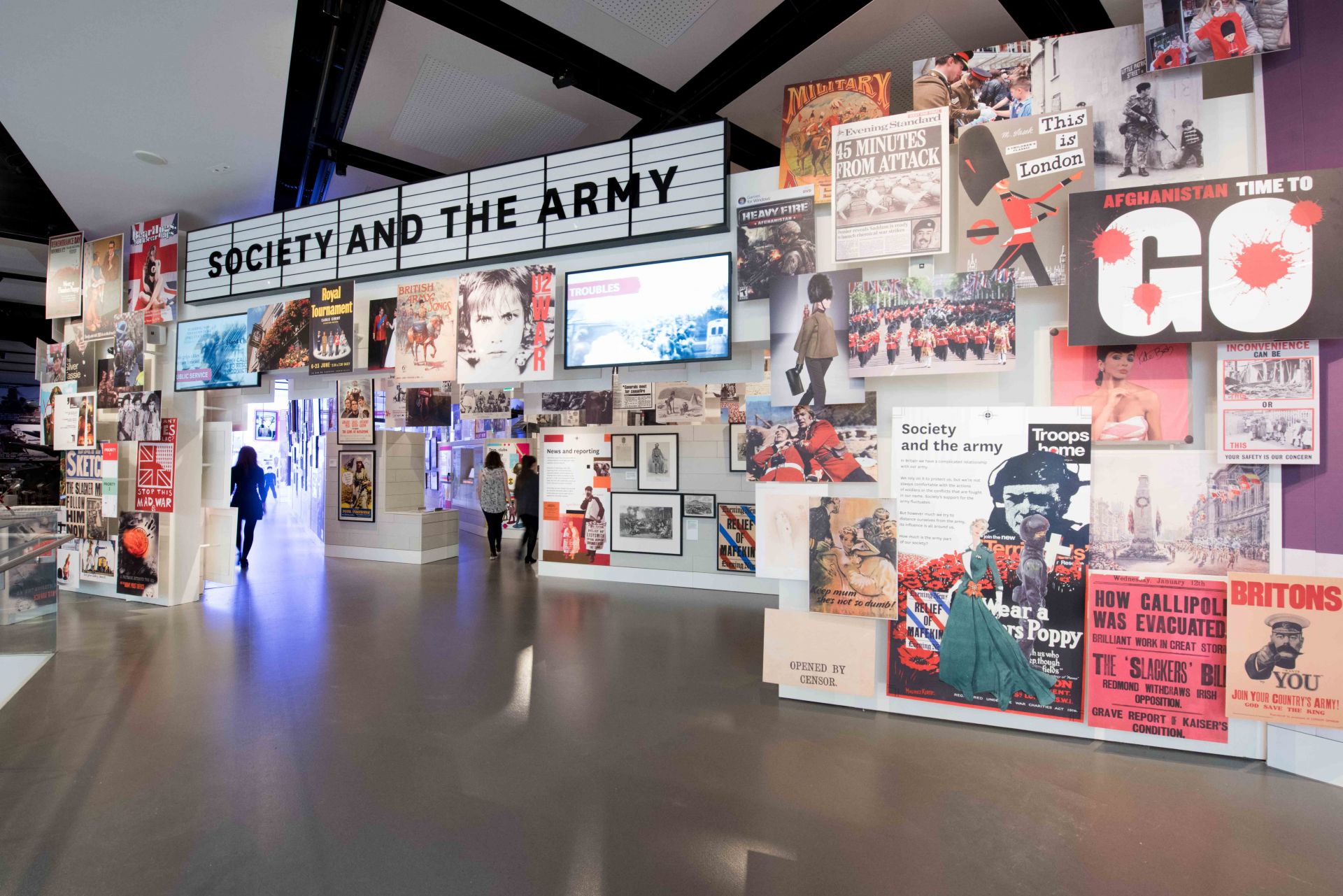 National Army Museum: Entrance to Society & The Army gallery. Photo Credit: © National Army Museum.
National Army Museum: Entrance to Society & The Army gallery. Photo Credit: © National Army Museum.
Temporary exhibitions at the National Army Museum in London provide insight into various aspects of the army. From 25 October 2018 – 3 March 2019 a free exhibition entitled Call in the Cavalry will highlight the stories of famous cavalry charges including the Battle of Waterloo 1815 and the Battle of Mons 1914.
First housed at the Military Academy Sandhurst NAM moved to the current site near Royal Hospital Chelsea on Royal Hospital Road in the early 1970s. The building, by William Holford & Partners, was called “a 1971 classic Brutalist building” (The Architect’s Journal).
The rebuild, for which the museum received £11.5 million of lottery funding, was awarded to BDP (Building Design Partnership). The National Army in London is funded by the Ministry of Defence and hopes to increase annual visitor numbers from 247,000 to 400 000 by 2018. The new museum shows the depth and breadth of the collections better than ever before and explores thoughts and ideas as well as the lives of real people. The aim is to challenge the way people think of the British army and their relationship with it. The ethos ‘to discuss not promote’ and the webpage logo is underlined with the words ‘open for discussion.’
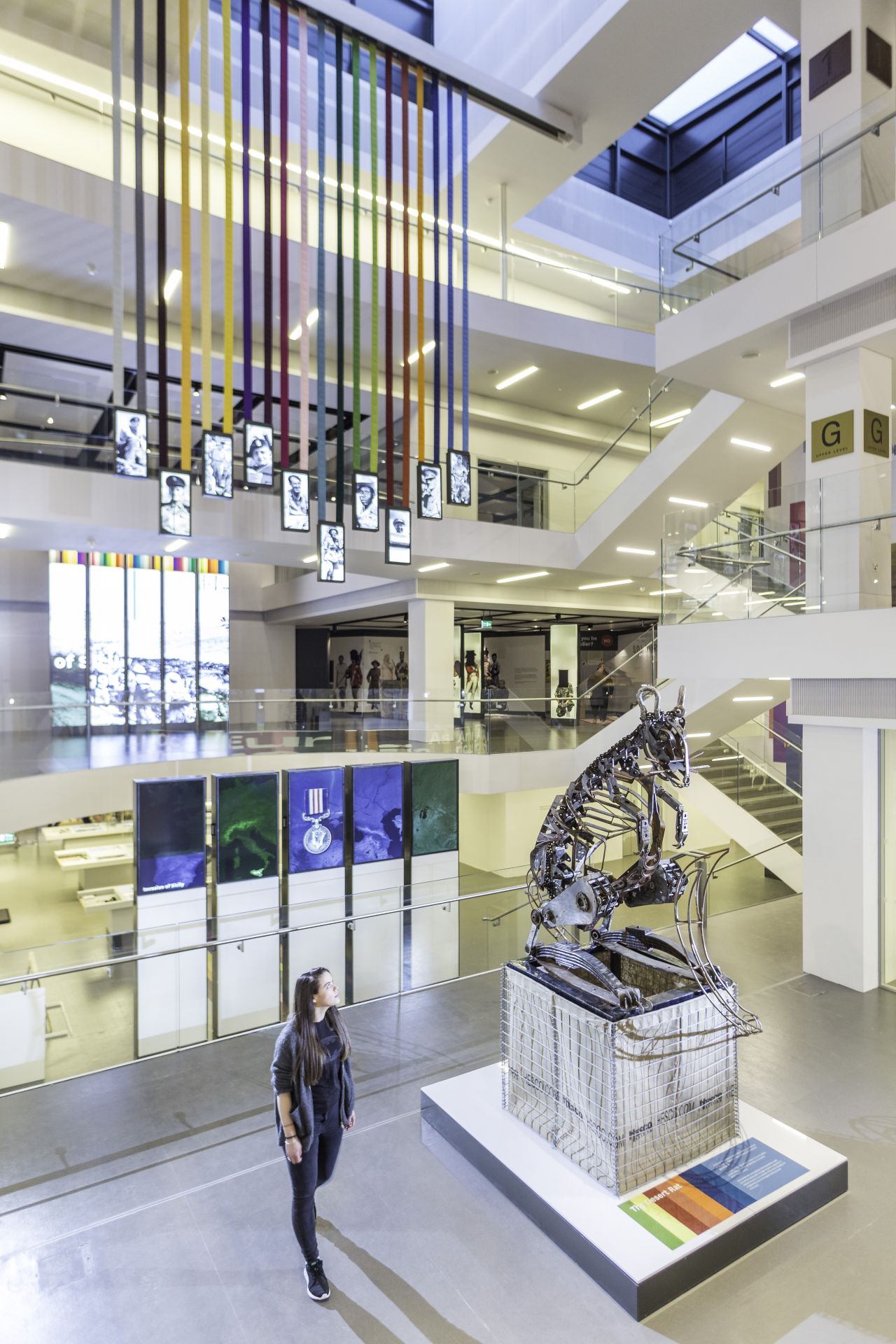 National Army Museum: Atrium looking out to the galleries. Photo Credit: © National Army Museum.
National Army Museum: Atrium looking out to the galleries. Photo Credit: © National Army Museum.
One of the National Army Museum’s strengths is its offering for younger visitors. In addition to many interactive and hands-on exhibits, such as an opportunity to parade with the guards, crawl under a tank or dress up as a guard and stand in a sentry box, there is an area called Play Base, a soft play centre for children ages 0-8 with sessions lasting one hour at a cost of £4.50 per hour. A parent/carer has to remain with the child(ren).
A free Family Trail leaflet can be obtained from the information desk along maps, What’s On and membership flyers. Free daily tours lasting twenty minutes take place at 11 am and 2 pm, starting from the main atrium (no need to book). There are a café, toilets, cloakroom, and picnicking facilities. The National Army Museum is fully accessible and has a boardroom for hire overlooking the Royal Hospital.
A guidebook offers additional information printed but an audio tour should be available from the autumn.
Coaches can drop off and pick up but not park in bays at the front door. There is no car park. The nearest underground station is Sloane Square.
Opening hours for the National Army Museum is 10:00 am – 5:30 pm daily with last entry at 5:00 pm. It is also open until 8 pm on the first Wednesday of every month. Closed 25th, 26th December and 1st January.
A visit to the National Army Museum in London can be included as part of our British Military Tour lead by a knowledgeable Blue Badge Tourist Guide.



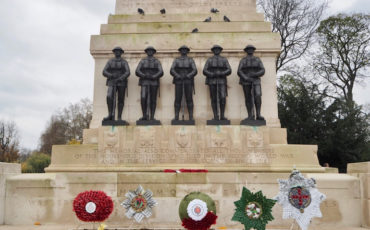
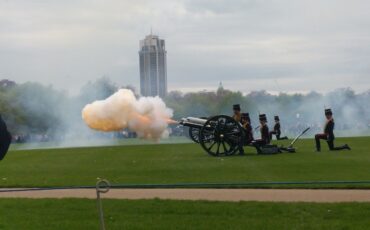


Leave a Reply